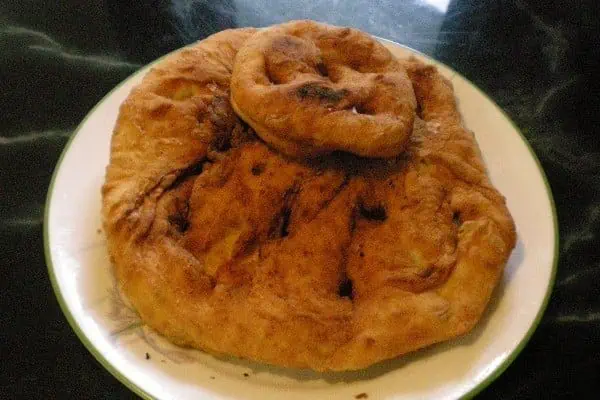An annual rite of spring for many Yukoners, including me, is the hunt for a black bear.
Grizzly bears are also active and available, but I am only interested in hunting something I can eat. Grizzly bear is not on my menu.
Check the hunting regulations for seasons and bag limits, but mid-April to mid-June is the usual season. Prime time is from emergence from the den to mid-May.
The early bears are more likely to be males, who quit the dens before the females, who may be nursing new cubs.
On these early bears, the hides are in prime condition with thick and glossy fur. After a short time away from the den, the hides often become patchy as the bears scratch at the itchiness caused by the moulting of their winter hair.
By early June the hides are often in poor shape as far as rugs and or taxidermy is concerned.
A spring black bear hunt appeals to me because it is an early-season hunting opportunity for a game animal that is a delicious change from other wild meats. It gets me out on the land a few weeks ahead of when the ice is out and I can also go fishing.
Up to 30 percent of Yukon black bears are various shades of brown. The hide makes a great rug or mount.
Black bear meat is superb in many different recipe, and the fat (still present on a spring bear) has a number of uses, from baking to boot grease, and even suet for bird feeding (see the Environment Yukon publication, “Bear, Bacon and Boot Grease”.)
Typically, a bear hunt is physically easier than the grunt experience of a sheep or goat hunt. Bears don’t seem to be as wary as many other wild game species. Their vision is equal to ours but their hearing and sense of smell give them a definite edge.
Fortunately, their early-season preoccupation with finding food can often lead to their ending up on the wall or in the slow-cooker.
Bear hunting in the Yukon is strictly a “spot and stalk” hunt, as baiting is not allowed. The bears can commonly be seen grazing on south-facing slopes which are clear of snow before elsewhere.
Slowly driving or enjoying the solitude of a river drift can often result in a roadside or river bank sighting.
Spotting them from a distance is actually a better scenario, because it gives the hunter time to plan and execute the stalk while studying the bear to be sure it is a male.
It is not a requirement to take males only, but a sow often feeds in the open after having her cubs safely in a tree or other out-of-sight location.
These cubs will not survive if the sow is killed. Information on sexing bears is available through department of Environment, Yukon Fish & Game Association, or on the internet.
The time it takes to get close to the bear also gives an opportunity to judge the quality of the hide and the size of the animal.
If size matters, it is easy to be fooled. It isn’t easy to judge the size of a black or brown object in the middle of a grassy slope from a distance. Even experienced hunters guess wrong sometimes.
The ears are a definite key to animal size. The ears do not change much in size as the animal grows larger with age.
If the bear has very small ears that don’t stand out too much from the head, it is likely a larger bear. Big, stand-out ears often mean a small bear.
Gear for a spring bear hunt can be simpler than for fall hunts for other species. I suggest you wear a backpack so you have it and your equipment at the kill site.
Always use the best optics you can afford. Take a sharp knife, vinyl gloves, game bags, short lengths of rope and a small ground cloth to keep the meat clean.
Yukon’s department of t. of Environment has a sign-out video about skinning and field dressing bears.
As with any hunting, your rifle should be sighted in and should be one that you shoot well. Most cartridges of .25 calibre and larger have adequate energy for ethical shots at black bears.
Bears commonly run a short distance even after being hit with a well-placed bullet. As with other game species, the vital target zone is the heart-lung area, but if possible, try to take out a shoulder as well.
Meat care is a prime consideration, which I’ll discuss in another article.




